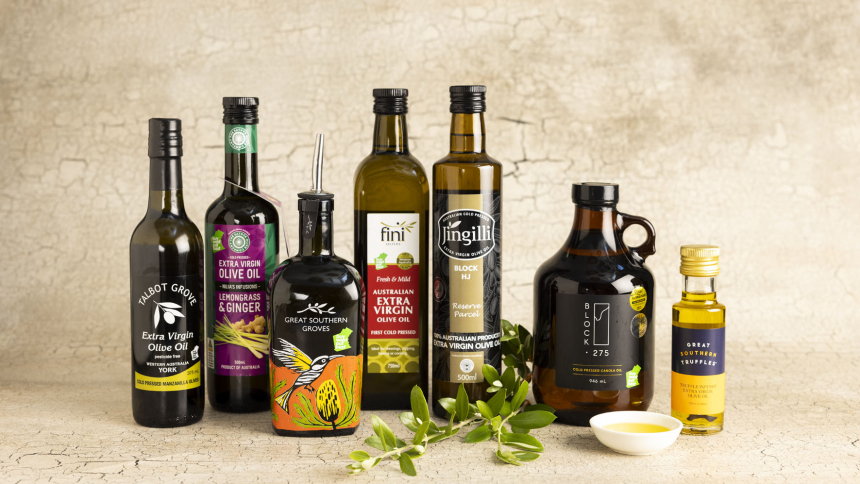
Oils are liquid fats that have been extracted from seeds, nuts or fruit and crushed and pressed. While some can be used interchangeably, others have more specific uses. The right oil for the right dish, at the right amount, can mean the difference between delicious and disaster.
Turn up the heat
Canola oil is perfect for dishes that require you to raise the temperature. It’s low in saturated fat, with a high smoking point, which is one of the reasons why Oil2U’s preservative and additive free oil is a popular choice with restaurants and food manufacturers.
Canola oil is also high in monounsaturated fats and omega-3 fatty acids, a healthy option for regular use at home. Block 275’s premium cold-pressed canola oil is made in the Mid-West, where the Mann family takes care of everything from planting to packaging to ensure the best quality in your kitchen. It’s 100 percent natural and very
Rice bran oil, extracted from the outer layer of rice, and grapeseed oil, a byproduct of winemaking, also have high smoke points and a relatively bland flavour, making them a versatile choice for all types of cooking.
Bring the flavour
Olive oil, which is made from extracting the liquid fat from olives, is probably the best known of all oils. But don’t use your favourite extra virgin olive oil (EVOO) to cook at high temperature. Use plain olive oil (more refined) and save the premium stuff for dressings or dishes where the full flavour from the likes of Great Southern Groves and Jingilli comes to the fore. Drizzle over pasta or salads, such as this fennel and orange wintry wonder, for a fabulous finishing touch.
Good-quality canola oil also has a delicate flavour that can elevate a dish. Try this cucumber and goat curd stirfry, finished with a splash of beautiful Block 275 canola. Or use it as the basis for a dressing, such as a simple vinaigrette. Combine 1/3 cup canola with ¼ cup cider vinegar, 1 tsp of honey, a crushed garlic clove and season well. (It will keep in the fridge for a few weeks.)
Made from raw, pressed sesame seeds, sesame oil is a popular choice for Asian dishes. It has a strong flavour, however, so is best in small doses. Use it in dressings, marinades and stir fries (it also has a high smoking point) or sprinkle over Asian greens for a tasty side dish.
Add a little extra
You can buy oils infused with everything from balsamic to truffles these days. They are a wonderful addition to the kitchen but it’s important to ensure the oil itself is of high quality. Infusions won’t save an inferior oil.
The Sathya Olive Company brings spicy and fragrant Asian flavours to its range of infused olive oils, including chilli and garlic, lemongrass and ginger and South Indian style. It’s a quick and easy way to spice up your dishes.
Great Southern Truffles’ truffle-infused EVOO adds an earthy taste to pasta and a touch of luxury to soups, such as this smooth cauliflower soup. It comes in four different sizes, from 50ml to 500ml.
Try something different
Did you know that walnuts have the highest concentration of oil of any nut? And that they are known as the fish oil of the land? They are also packed with omega acids, which help lower your risk of heart disease and improve brain function.
Omega Walnuts, based in the Southern Forests, has capitalised on all this good stuff to create an organic and conventional walnut oil for everyday cooking. It’s great for cakes, dressings and pan frying (up to 160C).
Avocado oil also has plenty of nutritional benefits. Made from the flesh of the avocado fruit, it’s rich in monounsaturated fats, antioxidants and vitamin E. It also has a higher smoking point than olive oil and a light, buttery flavour. Unrefined, cold-pressed avocado oil gives you the most health benefits.
Keep an eye out for new and interesting oils at the grocer or supermarket. Store oils in a cool, dry place so neither heat nor light can affect their colour or flavour. And, remember, oils ain’t oils unless they are Western Australian oils!